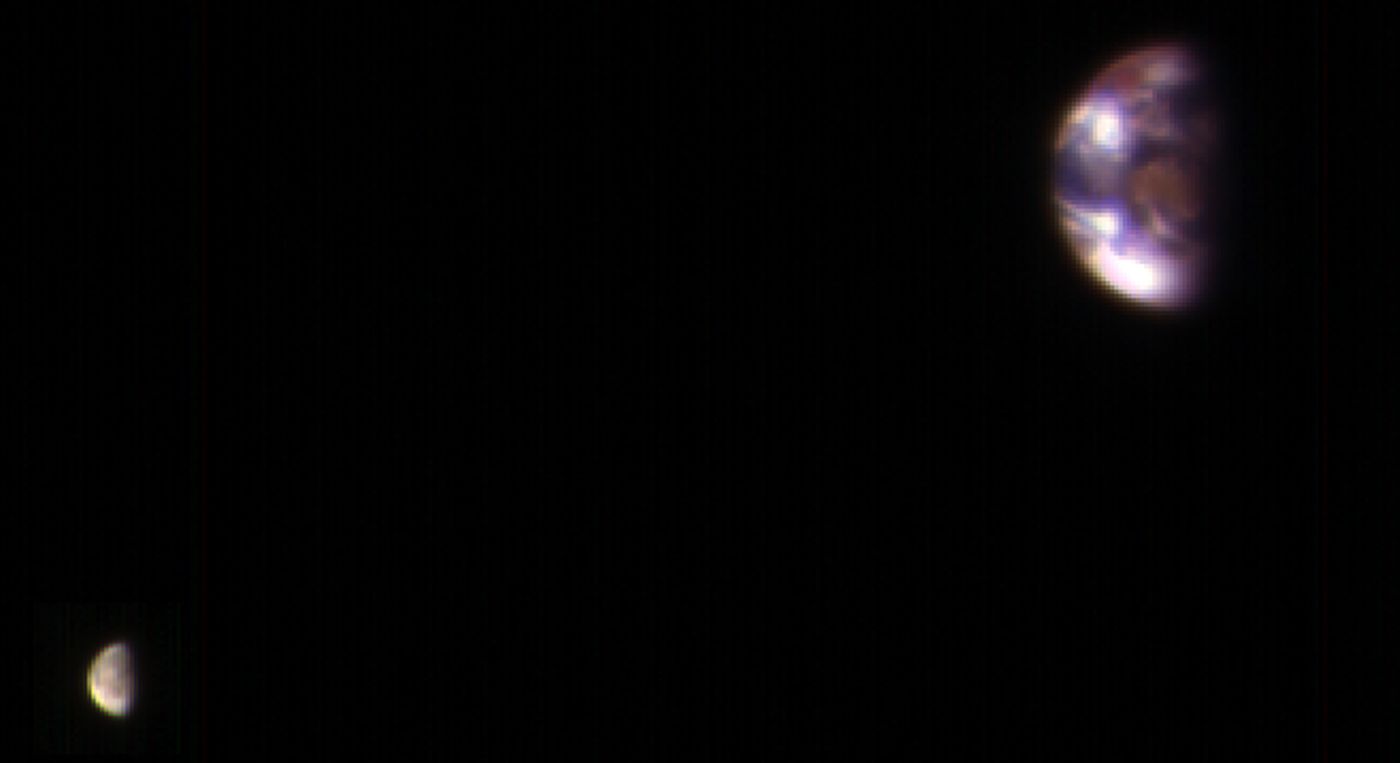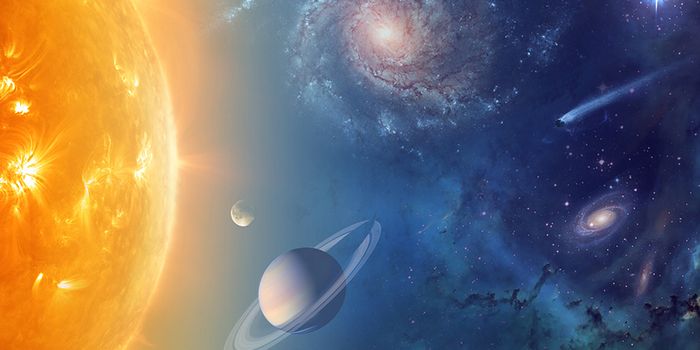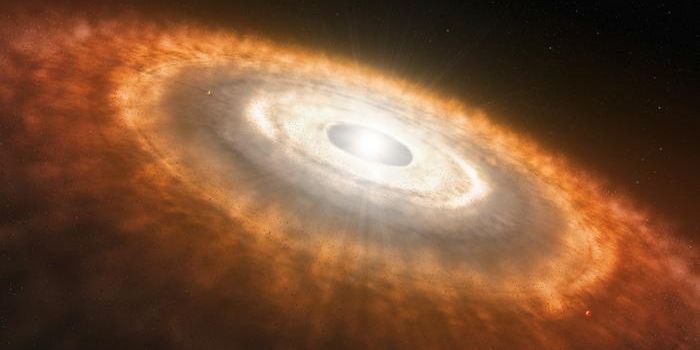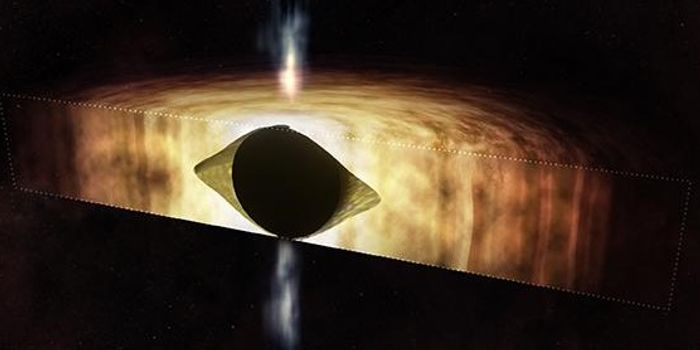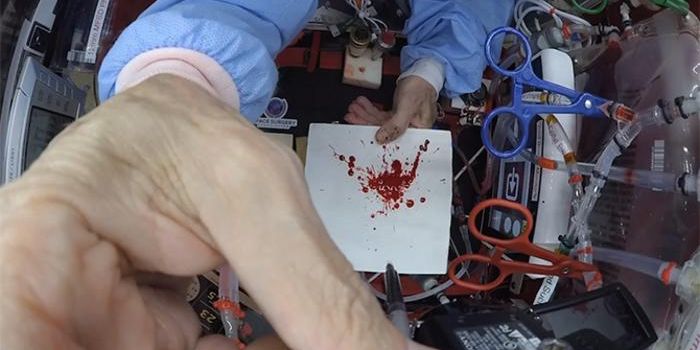Here's What Earth and the Moon Look Like from Mars
NASA this month shared a really cool image of the Earth and the Moon as they appear from Mars, at a distance of around 127 million miles. It’s an angle we really don’t get to see all too often, mostly because we’re usually the ones snapping pictures of other planets.
An image of the Earth and the Moon as taken from NASA's Mars Reconnaissance Orbiter.
Image Credit: NASA/JPL-Caltech/Univ. of Arizona
The image was taken with NASA’s High Resolution Imaging Science Experiment (HiRISE) instrument onboard the Mars Reconnaissance Orbiter (MRO) on November 20th, and while it’s fuzzy, it’s still clear enough that you can make out Australia on Earth through the hazy clouds.
HiRISE had to take two separate images to get both the Earth and the Moon to be visible in the same picture. That’s because the Earth is so much dimmer than the Moon is. Had they used the Moon’s preferred image exposure, the Earth would’ve been too dark, and had they used the Earth’s preferred image exposure, Moon would have been too bright.
To answer this problem, they overlaid the two images together to make what’s similar to an HDR (high dynamic range) photograph. That way, it combines the best of both photographs to give us one photograph that’s easier to look at. Both the Earth and the Moon are seen clearly in this image because of it.
Because HiRISE takes images in RGB (red, green, blue) color format, these colors aren’t perfect. Nevertheless, they’re pretty close, and you can make out which parts of the world are heavy in vegetation, like Asia, and what parts are icy, like Antarctica.
Since we already have great photographs of the Earth and the Moon, and because the Moon is just right above our heads and easy to photograph, you’re probably wondering why NASA even bothered to take a picture of the Earth and the Moon from Mars.
Well, there’s an easy answer to that question. It was for calibrating the data on HiRISE. We are already very familiar with the color tones of the Earth and the Moon, so by calibrating the color data HiRISE collects from Mars by using the data we get from here on Earth, we can depict accurate colors for the photographs snapped of Mars.
Still, it’s pretty cool to see what Earth looks like from a distance.
Source: NASA
-
APR 30, 2024Immuno-Oncology Virtual Event Series 2024
-
MAY 07, 20243rd International Biosecurity Virtual Symposium
-
SEP 03, 2024Microbiology Week Virtual Event Series 2024
- See More
